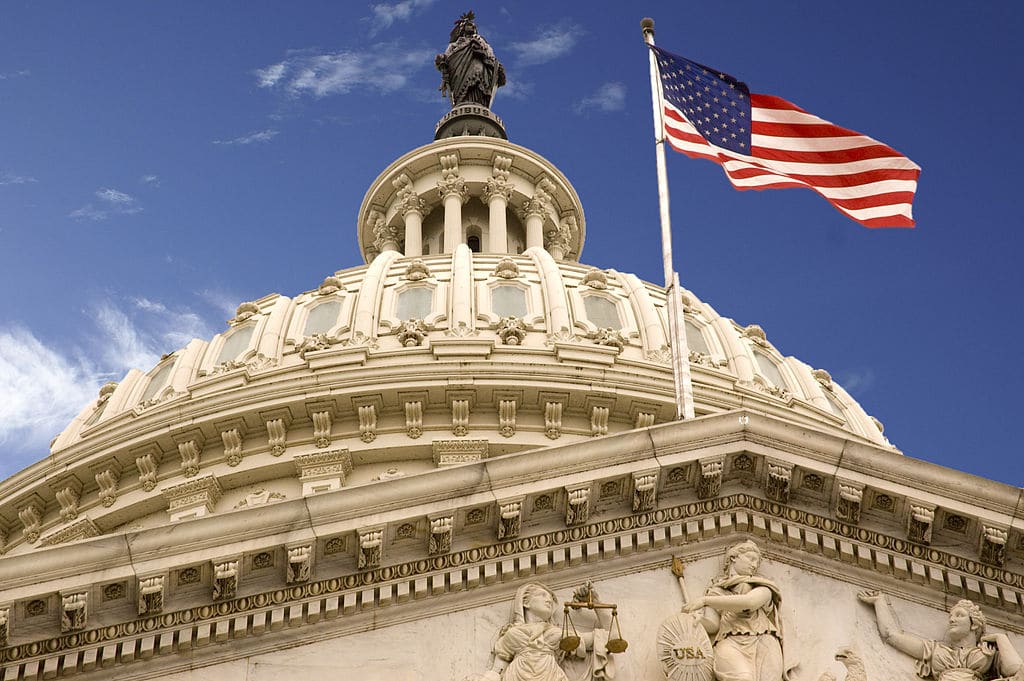According to GlobalData’s recent report, ‘United States Power Market Outlook to 2030, Update 2021 – Market Trends, Regulations, and Competitive Landscape’, installed renewable capacity (excluding hydropower) increased from 16.5 GW in 2000 to 239.2 GW in 2020, growing at a CAGR of 14.3%. By 2030, the cumulative renewable capacity is expected to rise to 884.6 GW, growing at a CAGR of 14% from 2020 to 2030. Despite an increase in prices of renewable equipment such as solar modules in 2021, the US renewable sector is expected to show strong growth during the 2021 to 2030 period as this increase in equipment prices is short term due to supply chain disruptions caused by the COVID-19 pandemic.
“The expansion of renewable power capacity during the 2000-2020 period has been possible due to the introduction of federal schemes such as Production Tax Credits, Investment Tax Credits, and Manufacturing Tax Credits. These have massively aided renewable installations by bringing down the cost of renewable power generation and making it at par with power generated from conventional sources,” said Rohit Ravetkar, Power Analyst at GlobalData.
Over the last few years, the cost of solar PV and wind power installations has declined sharply. Since 2010, the cost of utility-scale solar PV projects decreased by around 82% while onshore wind installations decreased by around 39%. This has supported the rapid expansion of the renewable market. However, the price of solar equipment has risen due to an increase in raw material prices and supply shortages. This may slightly delay the financing of some solar projects that are already in the pipeline.
Ravetkar noted the significance of the $1 trillion infrastructure bill signed in November 2021 by President Biden, which designates $73 billion for renewable capacity building, strengthening the power grid, and laying new high-voltage transmission lines. The bill also includes an extension to both the Production Tax Credit and Investment Tax Credit, both of which are seen as necessary to meet President Biden’s goal of a carbon pollution-free power sector by 2035. “The US will continue to add significant renewable capacity additions during the forecast period to meet its target of reaching 80% clean energy by 2030,” Ravetkar said.
Read “Senate passes Biden’s infrastructure bill, but success in the House remains uncertain“.
This content is protected by copyright and may not be reused. If you want to cooperate with us and would like to reuse some of our content, please contact: editors@pv-magazine.com.









By submitting this form you agree to pv magazine using your data for the purposes of publishing your comment.
Your personal data will only be disclosed or otherwise transmitted to third parties for the purposes of spam filtering or if this is necessary for technical maintenance of the website. Any other transfer to third parties will not take place unless this is justified on the basis of applicable data protection regulations or if pv magazine is legally obliged to do so.
You may revoke this consent at any time with effect for the future, in which case your personal data will be deleted immediately. Otherwise, your data will be deleted if pv magazine has processed your request or the purpose of data storage is fulfilled.
Further information on data privacy can be found in our Data Protection Policy.